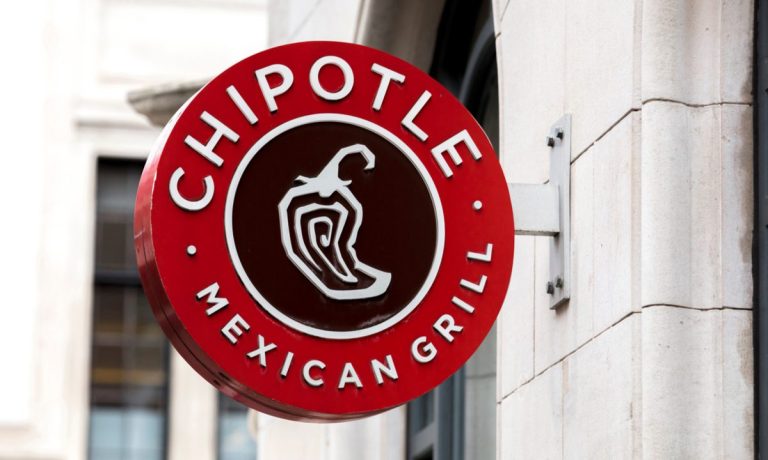The fast-casual giant, which has more than 3,300 locations across five countries, emphasized on a call with analysts Thursday (Oct. 26) discussing its third-quarter earnings results how its separate makelines for digital orders have been boosting throughput and efficiency.
“[We’ve adjusted] the cadence of digital orders to better balance the deployment of labor, eliminating the need to pull a crew member from the front of a client to help the digital makeline during peak periods,” CEO Brian Niccol said, noting improvements of “four to five entrees” during “peak 15-minute periods.”
On top of these efforts to better deploy employees, Chipotle is also looking to automation to increase the efficiency of digital order fulfillment while cutting labor costs down the line. The company kicked off a test this month of a “cobotic” (i.e. joint robot and human labor) digital makeline in partnership with automated food service platform Hyphen.
“There are many reasons why we are excited about automating the digital makeline such as increased capacity and improved speed and accuracy, which can further help with the balance of labor between the front makeline and the digital makeline,” Niccol said.
In addition to this test, the company is trying an avocado processing robot for guacamole, dubbed Autocado.
Advertisement: Scroll to Continue
Consumers are mixed on restaurant automation. PYMNTS Intelligence’s report “Connected Dining: The Robot Will Take Your Order Now,” which drew from a survey of nearly 2,000 U.S. consumers, found that 33% of men and 17% of women are interested in visiting a restaurant that uses robotics.
Yet automation is becoming the norm among restaurants. Data highlighted in the PYMNTS report “Inflation Puts Technology on the Menu for Restaurants,” created in collaboration with American Express, showed that 76% of restaurants are already using automation in at least three areas of operations.
As Chipotle looks for areas to implement robotics, Chief Customer and Technology Officer Curt Garner told PYMNTS in an interview earlier this year that the company is considering which tasks the technology is most effective for and which benefit from human involvement.
“We don’t have plans to automate the hand mashing process because it’s essential for us to maintain the culinary experience of hand preparing the guacamole to our exact standards,” Garner said, adding that the machine automates the processes of “cutting, coring and scooping avocados,” which are “the least preferred parts” for employees.
Notably, amid these tech upgrades, Chipotle is continuing to see its digital mix slowly decline, with eCommerce channels accounting for slightly less than 37% of food and beverage revenue in the quarter, down from 38% last quarter and 39% in Q1.
Yet many consumers are ordering online, according to the study “Consumer Interest in an Everyday App,” a PYMNTS Intelligence and PayPal collaboration, which drew from a survey of more than 2,200 U.S. consumers. The results revealed that 24% of those who had purchased food from a restaurant in the previous 30 days had done so exclusively using internet-connected devices, and another 36% did so both via connected devices and by more traditional means (in person or by calling).




